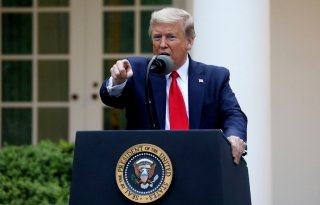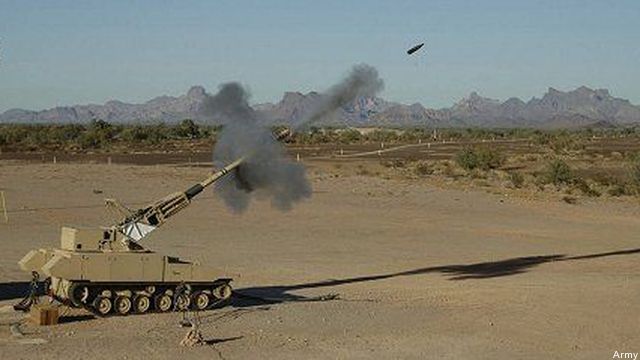A chance discovery of global terror outfit Jaish-e-Mohammed cadres in Afghanistan’s Nangarhar province on Monday night has confirmed the assessment of Indian intelligence agencies that Pakistan’s Inter Services Intelligence had resumed training a select groups of terrorists for Kashmir in war-torn Afghanistan, people familiar with the development told Hindustan Times.
The Afghan forces had carried out a raid in Nangarhar’s Muhmand Dara at what was presumed to be a Taliban camp that led to a bloody gunfight. At the end of the clash that cost the Afghan security forces four lives on April 13-14 night, the security personnel discovered that only 5 of the 15 men they had killed were from the Afghan Taliban. The other 10 were Jaish-e-Mohammed terrorists being trained to fight in Jammu and Kashmir.
One Jaish terrorist survived the gunfight and was captured.
Counter-terror operatives in Delhi and Kabul told HT that the Masood Azhar-founded Jaish-e-Mohammed, which shares the same Deobandi umbilical cord with Taliban, appeared to be running three camps (called Mustaquil) along with four Taliban camps in Nangarhar province. The camps have been identified as Khogyani I, Khogyani II and Dargah camp in Nangarhar province and were lent by the Taliban in lieu of Haqqani network’s cadre being trained in JeM’s camps in Pakistan.












/arc-anglerfish-arc2-prod-mco.s3.amazonaws.com/public/ESXXLCZDNFDT5N2IHTEULFYCJE.jpg)


